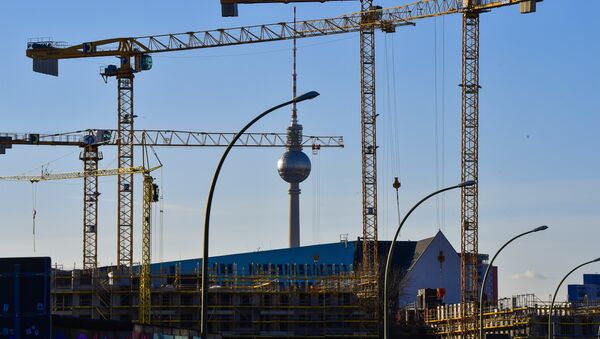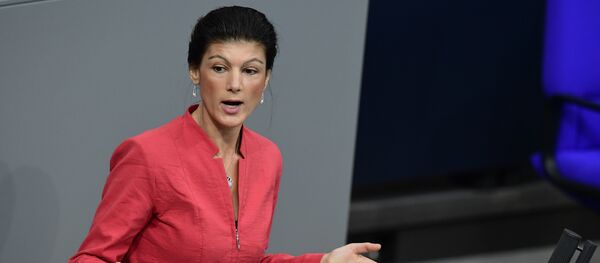Less than a month from now, on October 3, Germans will celebrate the 27th anniversary of the day when the German Democratic Republic unified with the Federal Republic after over 40 years of division. But over a generation later, a new government report has again found that the former east Germany territories continue to lag behind the west in socio-economic development.
The report, titled the 'Annual Report on the State of the German Union', warned that in spite of some successes in equalizing east and west over the past two and a half decades, the gap between east and west isn't going anywhere, and may even expand.
However, salaries in the east continue to average just 82% of those in the west, and communal tax revenues in the eastern part of the country were just 60% of those recorded in the west in 2016. According to the report, with the exception of several cities, most of the former GDR's territory still falls under the definition of "structurally weak region."
Berlin has concluded that it has not been able to overcome the "legacy of socialism" in East Germany and that it will remain unable to do so for the foreseeable future. Indeed, the report indicated that the reduction in the existing gap in levels of socio-economic development "has slowed significantly in the last decade and a half." Furthermore, it added that it cannot exclude the possibility that the differences between east and west may continue to grow again in the future.
The report cites the continuing processes of globalization and demographic change as two key reasons why disparities aren't likely to go away in the near future. The report explained that regions with modern, export-oriented industrial and service enterprises are the ones that win out from globalization.
During a presentation of the report in Berlin last week, Iris Gleicke, the government representative on the development of eastern territories, complained that none of the top 30 companies on Germany's DAX stock market index had their headquarters or main factories in the east. In other words, German big business remains completely concentrated in the west, while the east consists of small enterprises, many of them oriented to the domestic or even just the local market.
The report warns that these socio-economic problems in the east can also lead to political problems. "It is precisely in the weakest regions where people feel left behind that societal tensions and even radical attitudes can develop," it said, concluding that eastern Germany will continue to require further assistance for a long time to come.
Socio-economic divisions, and the political and other problems associated with them, have long troubled Germany's unification and equalization efforts. A few years ago, sociologists from the University of Jena and the University of Bremen conducted a study of German elites, discovering that among 180 members of the board of Germany's largest companies, only two were from eastern Germany. Among the country's 500 richest families, none were from the east.
Furthermore, according to a 2012 study in Stern magazine, among 37 generals and admirals of the Bundeswehr, none of the senior officers were from eastern Germany, even though half of Germany's contingent of troops serving in Afghanistan and Kosovo were from the east. A similar situation was evident in science, where less than 3% of the heads of the Planck and Leibniz scientific research institutes were from the east. According to Deutsche Welle, this imbalance was absent only in areas without strict regulation of the career ladder, such as art, music, cinema or sport.
These problems notwithstanding, Iris Gleicke stressed that the process of unification was a success story overall and that eastern Germans should proud of the steps they've made on the "path of the completion of the German union."






